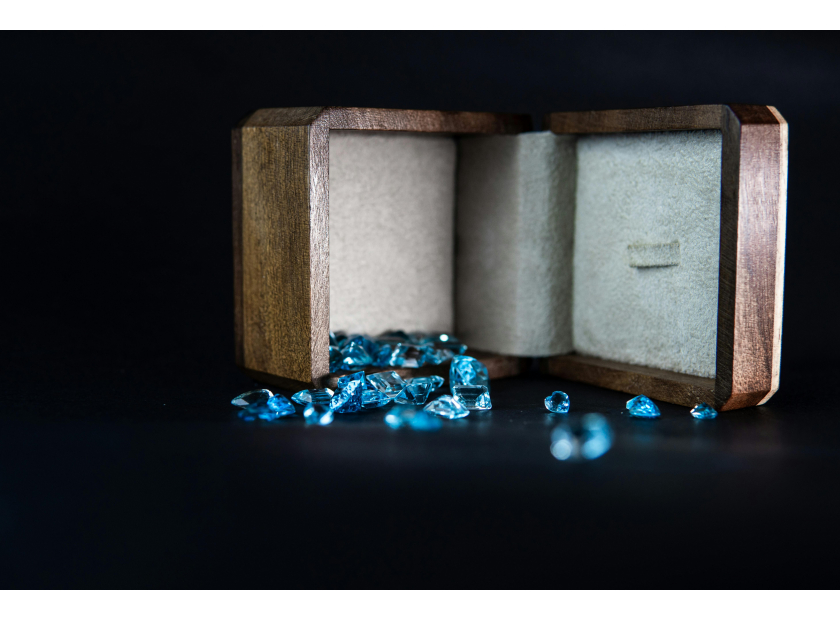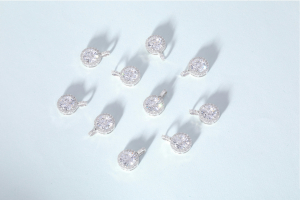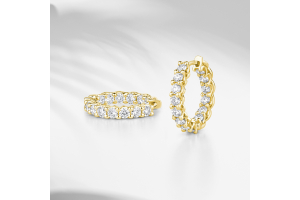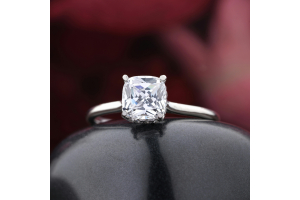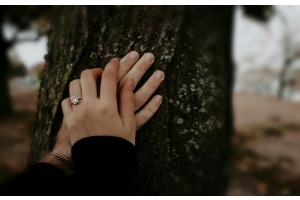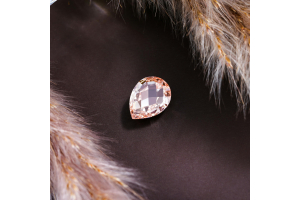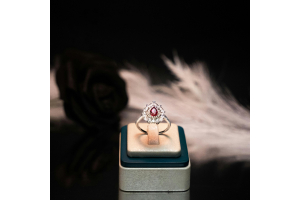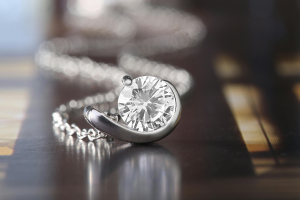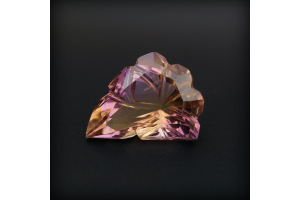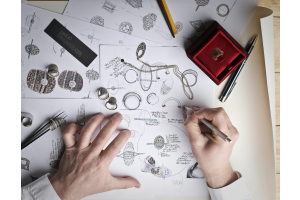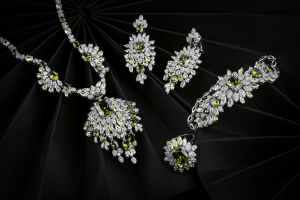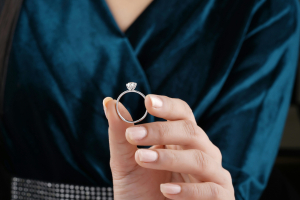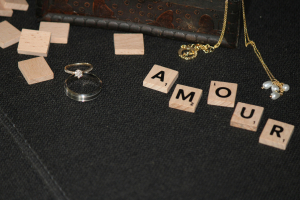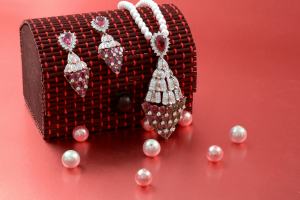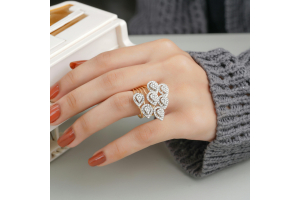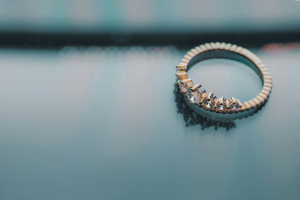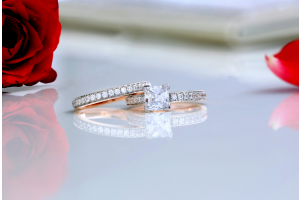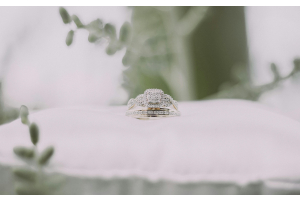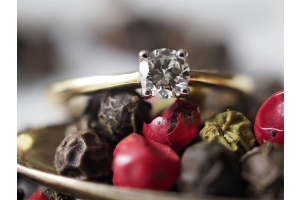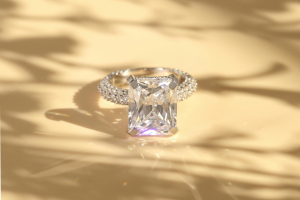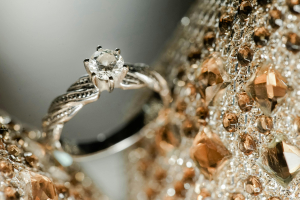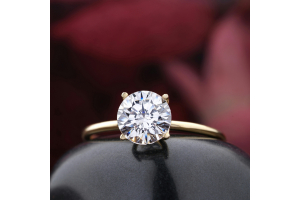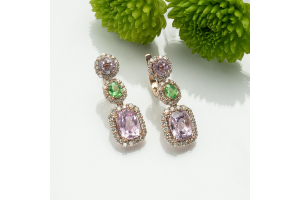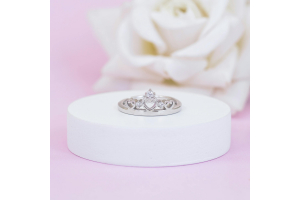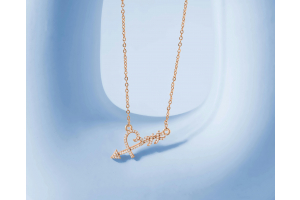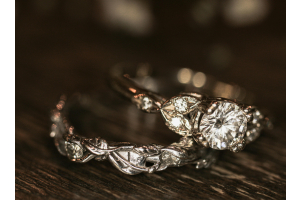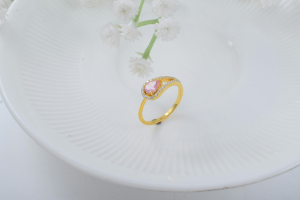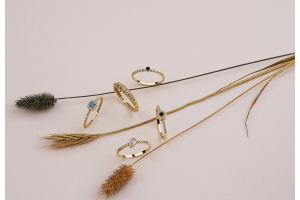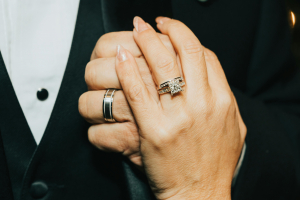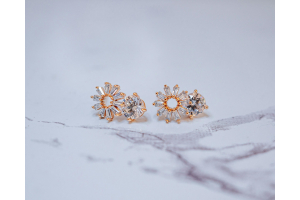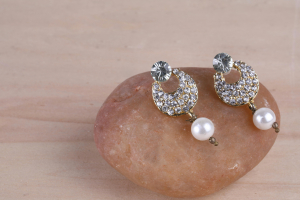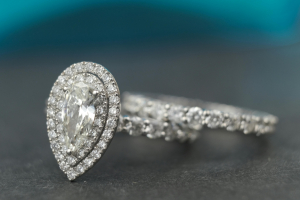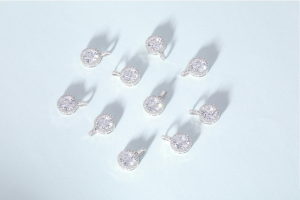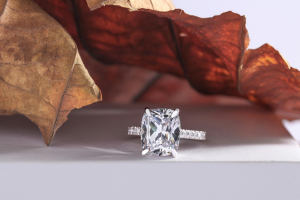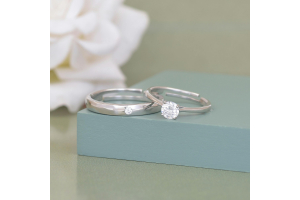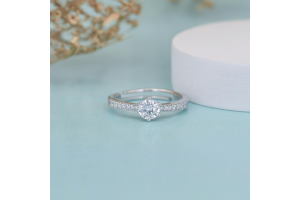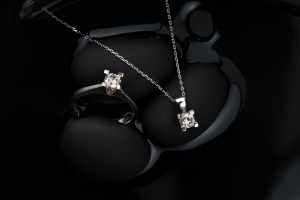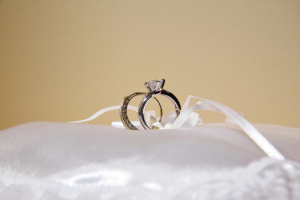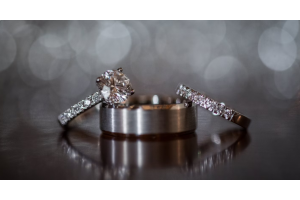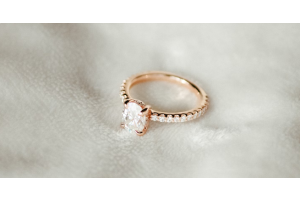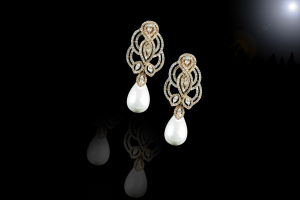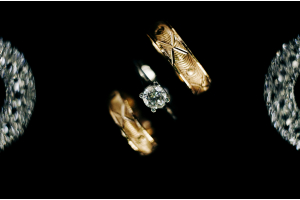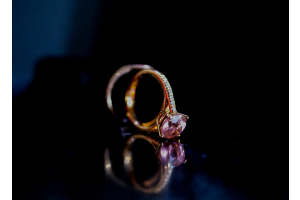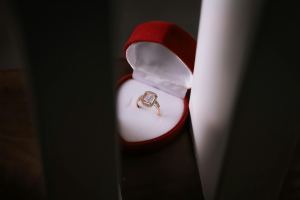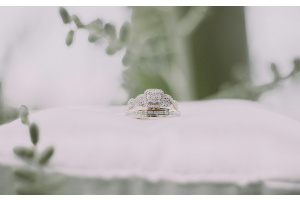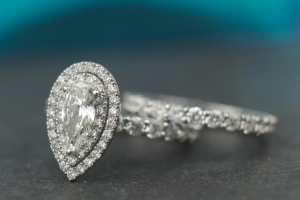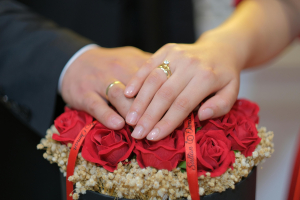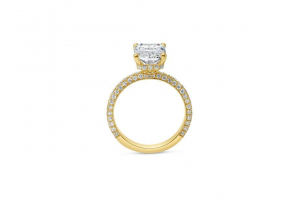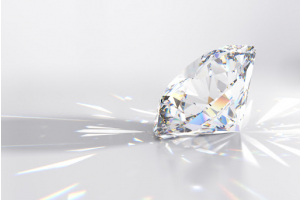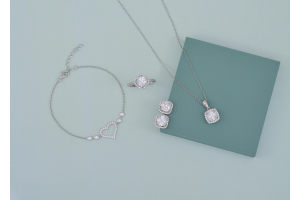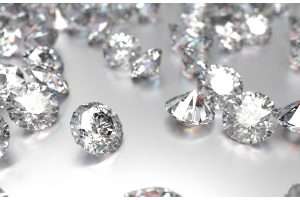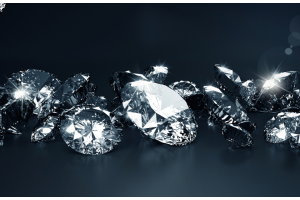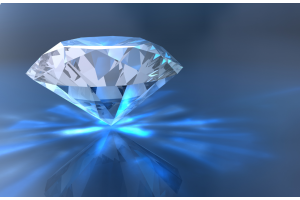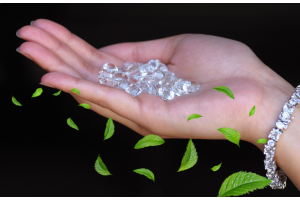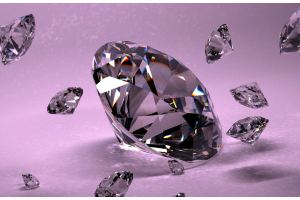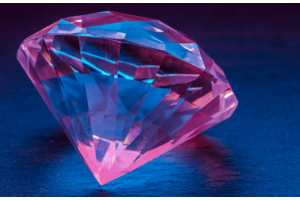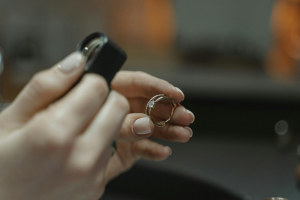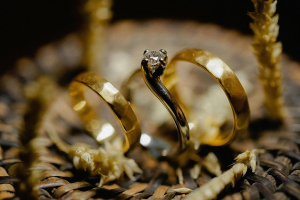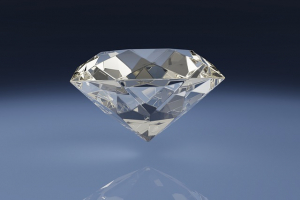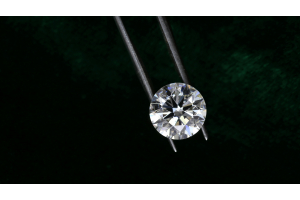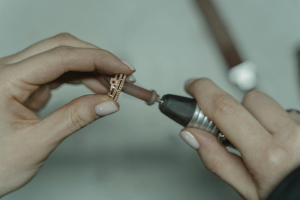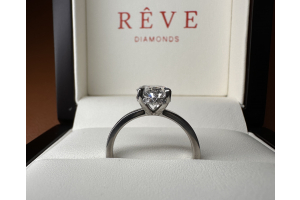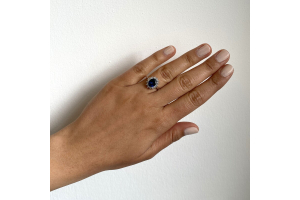USD
/
USD
/
Shipping to:
Currency:
- Wishlist
- Compare
- Contact Us
- NY +1 (646) 898 2098
- LA +1 (310) 920 6656
- Contact
- CALL NY
- CALL LA
-
Sign In
Sign In
- Create an Account
×
Speak to an expert
Get in touch with us using one of the options below:
- Engagement rings
-
Wedding Bands
- Jewelry
-
Gifts
-
GIFTS BY RECIPIENT
GIFTS BY OCCASION
GIFTS WITH MEANING
MORE GIFT IDEAS
-
-
Diamonds
-
Diamonds Search
natural diamonds
Diamonds Search
Express insuredFree worldwide Delivery 3 to 7 Days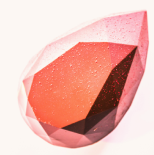
-
- Education
- Blog
- Home
- BLOG | Engagement Rings & Wedding Rings | Reve Diamonds
- Lab-Grown vs. Natural Diamonds: What You Need to Know
Lab-Grown vs. Natural Diamonds: What You Need to Know
Lab-Grown vs. Natural Diamonds: What You Need to Know
By Author:
Alistair Knight
Diamonds have long symbolized love, commitment, and timeless elegance.
In recent years, the jewelry industry has seen a significant shift with the rise of lab-grown diamonds as a compelling alternative to natural ones.
This article delves into the distinctions between lab-grown and natural diamonds, helping you make an informed choice for your next sparkling purchase.
Understanding Lab-Grown Diamonds
Lab-grown diamonds, also known as synthetic or man-made diamonds, are created in controlled environments using advanced technological processes.
The two primary methods are High-Pressure High-Temperature (HPHT) and Chemical Vapor Deposition (CVD).
These processes replicate the natural conditions under which diamonds form, resulting in stones that are chemically, physically, and optically identical to their natural counterparts.
If you’re curious about the options available, check out lab-grown diamonds in various shapes to find one that matches your style.
Understanding Natural Diamonds
Natural diamonds are formed deep within the Earth's mantle over billions of years under intense heat and pressure.
They are brought to the surface through volcanic eruptions and are mined from various locations worldwide.
Each natural diamond carries a unique history, contributing to its allure and value.
Comparing Lab-Grown and Natural Diamonds
Formation Process
While natural diamonds develop over eons beneath the Earth's surface, lab-grown diamonds are produced in weeks within specialized facilities.
Despite the difference in origin, both types share the same chemical composition and crystal structure.
Cost
Lab-grown diamonds are generally more affordable than natural diamonds of similar quality.
This price difference is due to the controlled production process and the reduced costs associated with lab creation compared to mining.
Explore options for round lab-grown diamonds if you’re looking for classic brilliance without breaking the bank.
Environmental Impact
The environmental footprint of lab-grown diamonds is typically smaller than that of mined diamonds.
Traditional diamond mining can lead to significant land disturbance and ecosystem disruption, whereas lab-grown diamonds require less energy and resources.
Check out fancy-colored lab-grown diamonds for an eco-friendly option that stands out.
Availability and Customization
Lab-grown diamonds offer greater consistency and availability, allowing for more customization in terms of size, color, and clarity.
Natural diamonds, being rarer, may have limitations in these aspects.
Consider exploring cushion-cut lab-grown diamonds for a timeless and customizable look.
Rarity and Resale Value
Natural diamonds are unique and rare, often holding their value over time.
Lab-grown diamonds, while identical in appearance, may not retain value as well due to their abundance and the evolving market perception.
Advantages of Lab-Grown Diamonds
Affordability
Choosing a lab-grown diamond allows you to purchase a larger or higher-quality stone within the same budget, making luxury more accessible.
For affordable elegance, take a look at pear-shaped lab-grown diamonds.
Ethical and Eco-Friendly Choice
Lab-grown diamonds are free from the ethical concerns associated with some mining practices, such as conflict diamonds.
Their production also tends to have a lower environmental impact.
Variety and Innovation
The controlled environment of lab production enables the creation of diamonds in a variety of colors and sizes, offering unique options for personalized jewelry.
Explore innovative styles like radiant lab-grown diamonds.
Advantages of Natural Diamonds
Tradition and Sentimentality
Natural diamonds carry a sense of history and tradition, often symbolizing enduring love and commitment.
Rarity and Value
The natural formation process makes each diamond unique, contributing to its rarity and potential for higher resale value.
Common Misconceptions About Lab-Grown Diamonds
Durability and Quality
A common myth is that lab-grown diamonds are less durable or of lower quality.
In reality, they possess the same hardness and brilliance as natural diamonds.
Sentimental Value
Some believe that lab-grown diamonds lack the sentimental value of natural ones.
However, the significance of a diamond often lies in the meaning assigned to it by the giver and receiver, regardless of its origin.
Making Your Choice: Factors to Consider
Budget
If affordability is a priority, lab-grown diamonds offer a cost-effective option without compromising on quality.
Explore princess-cut lab-grown diamonds for an elegant yet affordable choice.
Values and Ethics
For those concerned about environmental sustainability and ethical sourcing, lab-grown diamonds present a compelling choice.
Purpose and Occasion
Consider whether the diamond is intended as an investment or a personal keepsake, as this may influence your preference between natural and lab-grown options.
Identifying Lab-Grown and Natural Diamonds
Certification
Both lab-grown and natural diamonds can be certified by reputable organizations like the Gemological Institute of America (GIA) and the International Gemological Institute (IGI).
These certifications provide detailed information about the diamond's characteristics.
Visual Differences
To the naked eye, lab-grown and natural diamonds appear identical.
Specialized equipment is required to detect subtle differences, such as growth patterns and trace elements.
Requesting Documentation
Always ask for certification and documentation when purchasing a diamond to verify its origin and ensure transparency.
Frequently Asked Questions
Are lab-grown diamonds as durable as natural ones?
Yes, lab-grown diamonds have the same hardness and durability as natural diamonds, making them suitable for everyday wear.
Do lab-grown diamonds lose value over time?
Lab-grown diamonds may not retain value as well as natural diamonds due to their abundance and current market perceptions.
Can jewelers easily distinguish lab-grown diamonds?
Trained professionals using specialized equipment can distinguish between lab-grown and natural diamonds, but to the naked eye, they look identical.
What certifications should I look for when buying a diamond?
Look for certifications from reputable organizations like GIA or IGI, which provide detailed assessments of the diamond's quality and origin.
Are lab-grown diamonds better for the environment?
Lab-grown diamonds generally have a smaller environmental footprint compared to mined diamonds, as they avoid the ecological impacts associated with traditional mining practices.
Blog
Filter by:
- Jewelry (36)
- Art Deco Jewelry (1)
- Bespoke Jewelry (18)
- Christmas (4)
- Diamond Jewelry (22)
- Diamond Ring (21)
- Diamond Wedding Rings (1)
- Diamonds (21)
- Engagement Rings (25)
- Eternity Rings (1)
- Famous Diamonds (0)
- Fancy colored diamonds (2)
- Jewelry Insurance (0)
- Lab Grown Diamonds (20)
- Manmade Diamonds (3)
- Precious metals (4)
- Proposals (9)
- Royal Wedding (2)
- Tennis Bracelets (4)
- Valentines Day (2)
- Wedding Bands (1)
- Wedding Rings (1)
- Weddings (1)
- Birthstones (3)
- Aftercare (2)
- Diamond Earring (0)
Recent Posts
Best Lab Grown Diamond Brands in the USA: Ethical, Affordable, and Stunning Options
October 29, 2024
The Best Diamond Engagement Rings for Matching Stacks | A Guide to Pairing Perfection
September 11, 2024
The Symbolism Behind Different Diamond Shapes in Engagement Rings: What Each Shape Means
September 09, 2024
Why Minimalist Diamond Engagement Rings Are on the Rise: Timeless Elegance with a Modern Twist
September 09, 2024
Comparing Cushion vs. Princess Cut Diamond Engagement Rings: Find the Perfect Shape for Your Style
September 09, 2024
Diamond Engagement Rings for Non-Traditional Couples: Unique Styles for Every Love Story
September 05, 2024
How to Choose the Right Metal for Your Diamond Engagement Ring: A Comprehensive Guide
September 05, 2024
Diamond Engagement Rings for Men: The Ultimate Guide to Choosing the Perfect Ring
September 04, 2024
The Most Popular Diamond Shapes for Engagement Rings | A Guide to Choosing the Perfect Shape
September 04, 2024
Customizing Your Diamond Engagement Ring: Tips and Tricks for a One-of-a-Kind Design
September 04, 2024
Caring for Your Diamond Engagement Ring: Essential Tips and Tricks for Long-Lasting Sparkle
September 03, 2024
How to Clean a Diamond Engagement Ring at Home: Easy, Expert Tips for a Sparkling Ring
September 03, 2024
Tennis Bracelets: A Comprehensive Guide to Types, Classic, Pyramid, and Illusion Settings
February 02, 2024
Understanding Diamond Clarity: FL (Flawless) vs. IF (Internally Flawless) Diamonds
September 26, 2023


